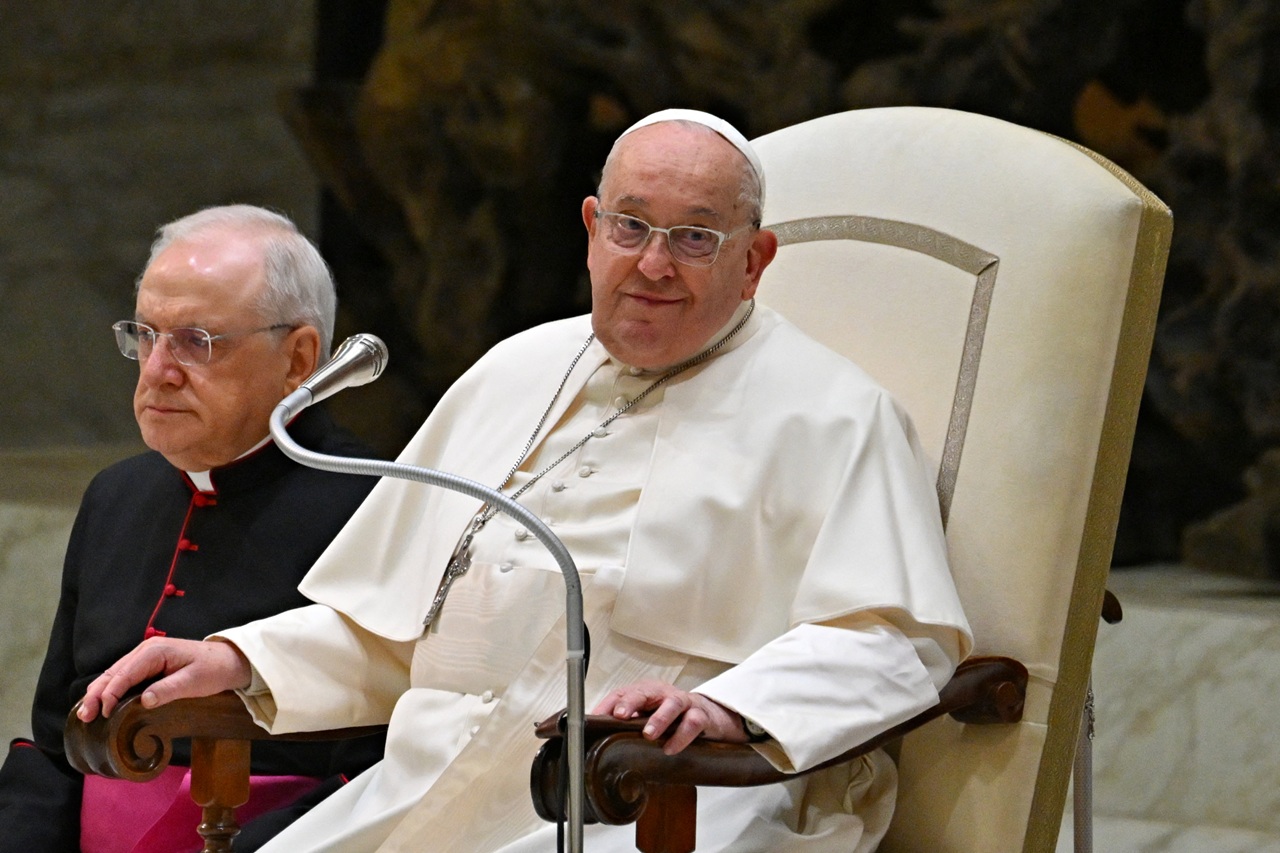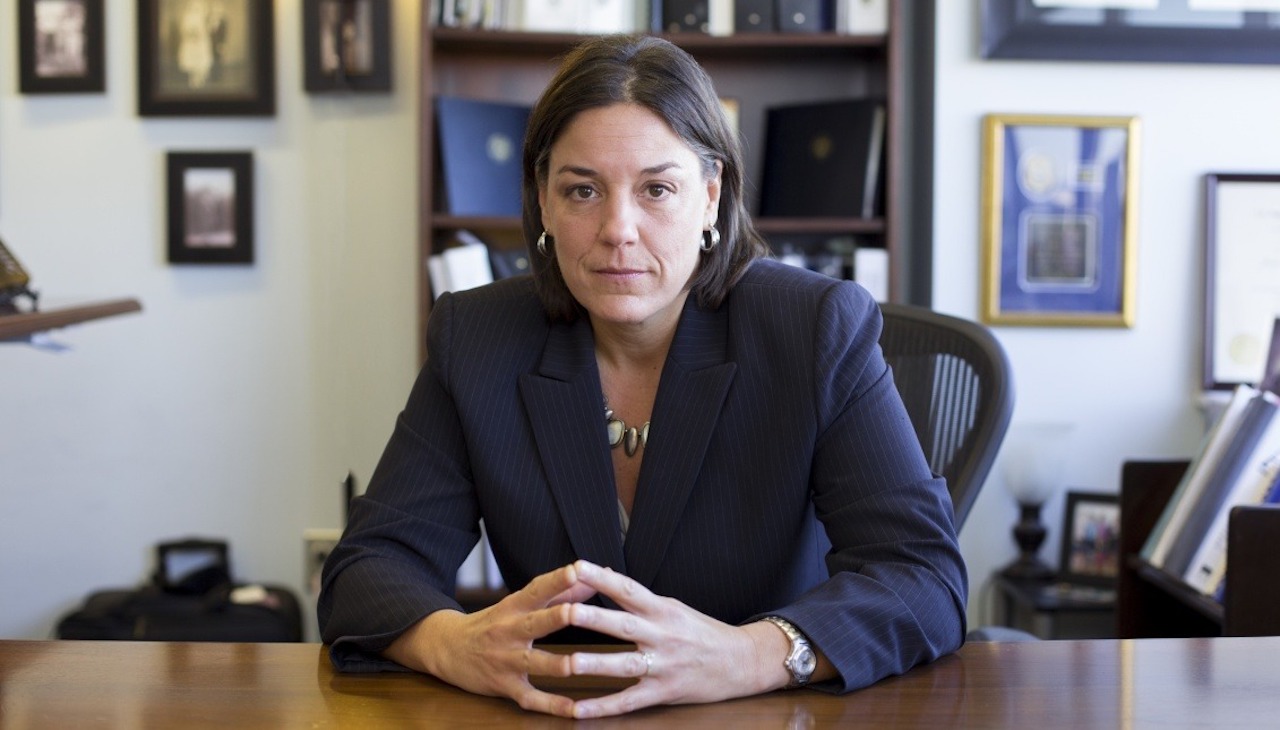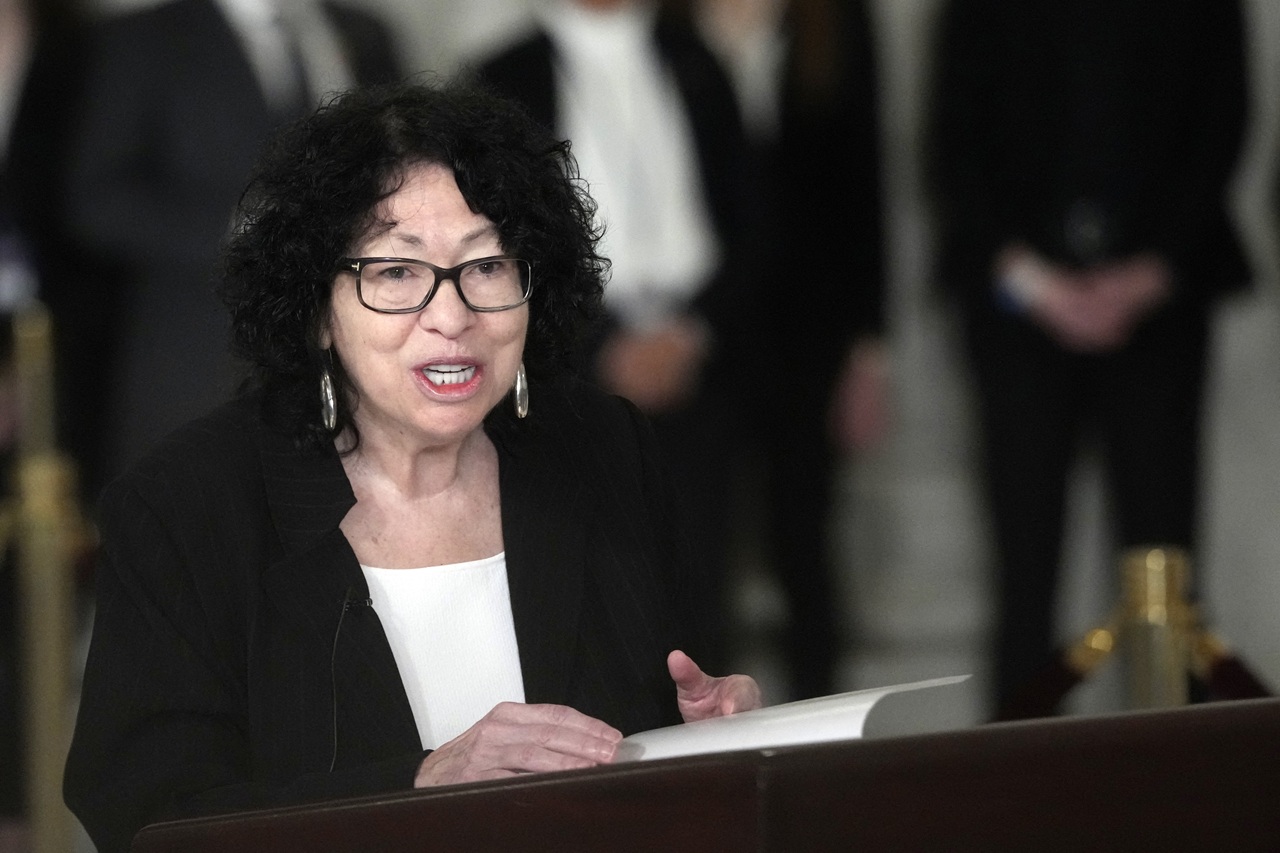
Despite challenges, the U.S. Afro-Latino community is growing
Neither the Black or Latino communities are monoliths, meaning that being Afro-Latino is not mutually exclusive.
In the United States, where the Afro-Latino community is making continuous positive contributions, the numbers speak for themselves. However, challenges persist.
Afro-Latinos in the U.S. are often double marginalized.
According to a 2019 Pew Research Center survey, 64% of Hispanics with darker skin colors report they have experienced discrimination or been unfairly treated from time to time, compared with half of those with a lighter skin tone.
In addition, 55% say people have acted as if they were not smart because of their race, compared to 36% of those with a lighter skin tone. Another 53% say they have been subject to slurs or jokes, compared to 34% of those with a lighter skin tone.
Despite these challenges, Afro-Latino self-identification has increased 11.6% over the last decade, representing more than 14 million nationwide. The number has more than doubled over the past 20 years.
A separate Pew Research Center survey found that since 2000, the U.S. Black population has also seen growth in both multiracial and Hispanic groups.
The U.S. Black population — those who identify as Black, either alone or as part of a multiracial or ethnic background — has grown to about 46.8 million people from about 36.2 million in 2000.
Mark Hugo Lopez, director of race and ethnicity research at the Pew Research Center said it’s hard to pinpoint exactly what has led to the increase, detailing several potential factors.
“It may be because of a change in the census form and the way the responses are coded. It may be people becoming more aware of their identity because of things like DNA tests and so forth and it may be because of the way in which US society has discussed and engaged with issues around race and racial equality over the last 10 years,” he said.
Considering the relative youth of the Afro-Latino population in the U.S., that number will likely continue to rise.
CONTENIDO RELACIONADO
The Afro-Latino community is represented in just about every part of U.S. culture, from arts to music to literature to politics to activism, and beyond.
However, a person’s status or celebrity has proven not to be a barrier from many of the challenges.
During an ABC News interview, Amara La Negra, Afro-Latina singer, reality show star and rapper, explained a particular challenge she’s often had to face: defending her Afro-Latina Blackness.
“I still feel there’s a lot of African Americans that don’t even know that there’s other parts of the world where there’s people like us and don’t speak English,” she said. “We’re not all African Americans. We are diverse in every single possible way you can imagine.
She has even been criticized for protesting at a Black Lives Matter march
“They were like, ‘Why are you out there protesting? You're not Black. You have to pick. Are you Latina? You Dominican? Are you Black? You kind of have to pick,’” she La Negra.
That is just one case of a prominent, well-known Afro-Latina having to deal with the challenges of her heritage and skin color.
The numbers tell a story that despite the challenges, the Afro-Latino community in the U.S. will continue to grow and represent a larger portion of the country’s population.









DEJE UN COMENTARIO: